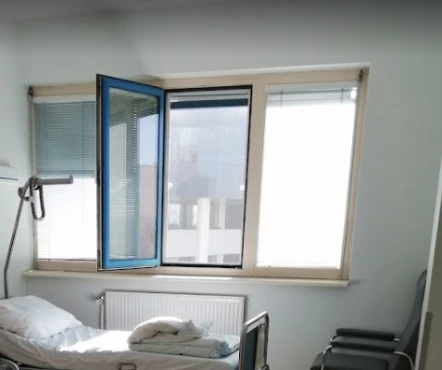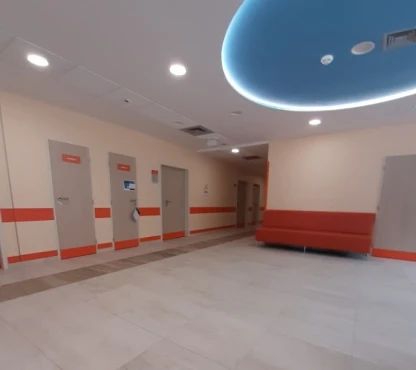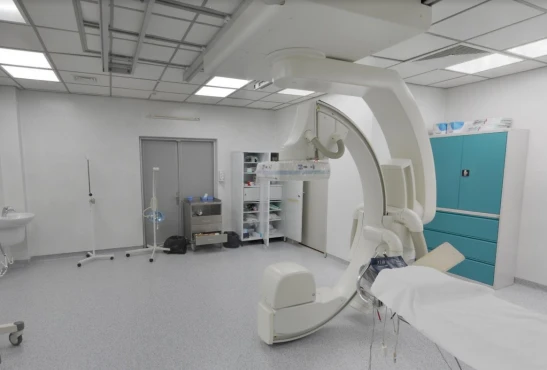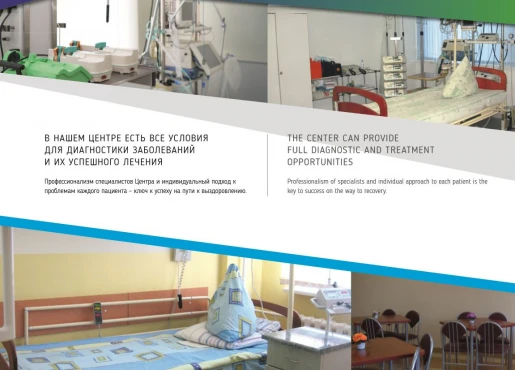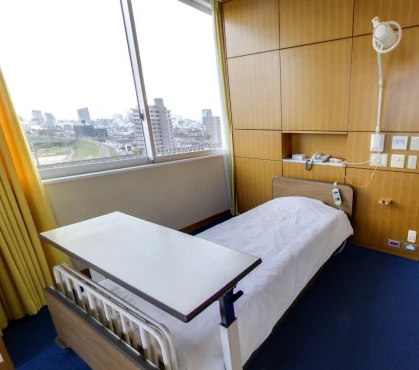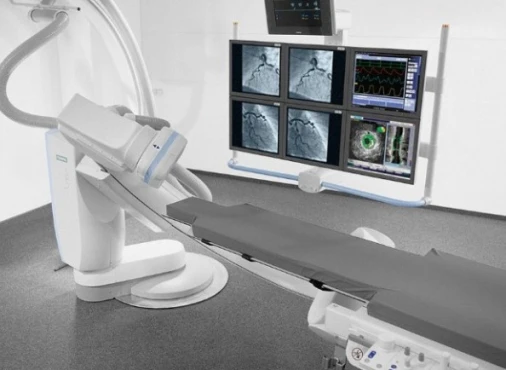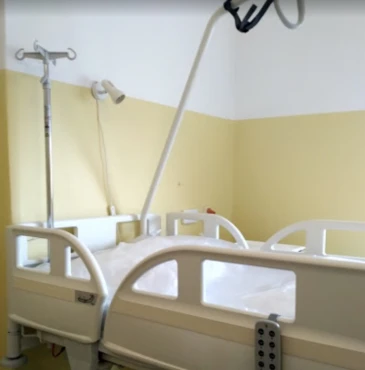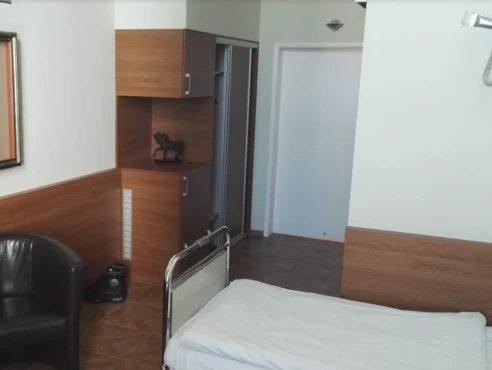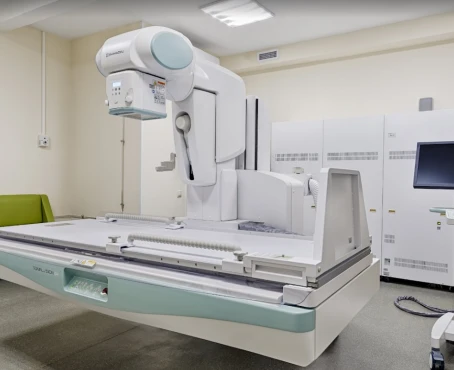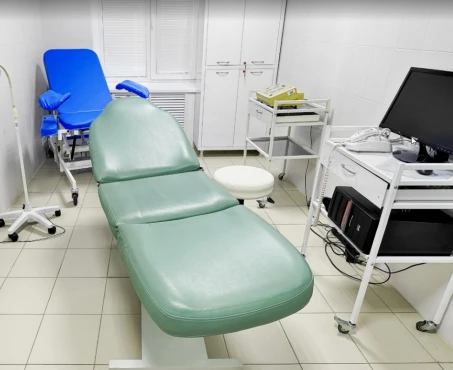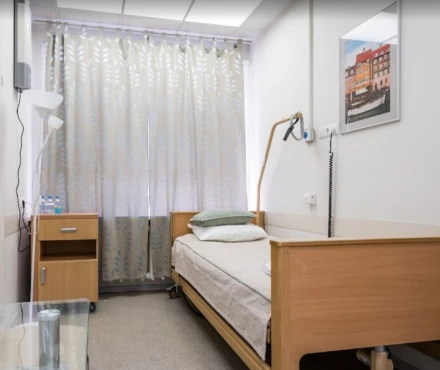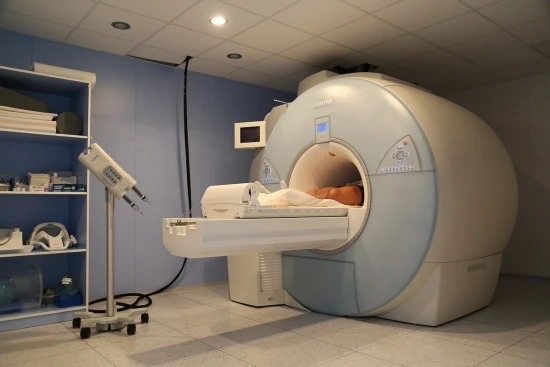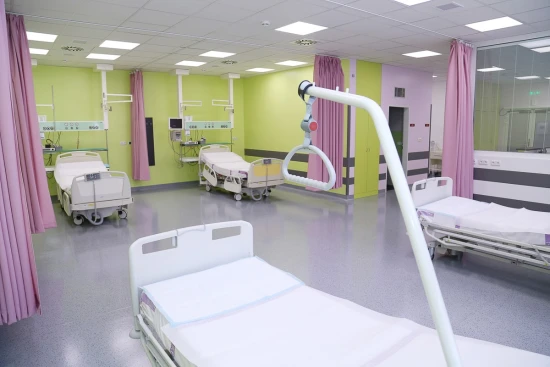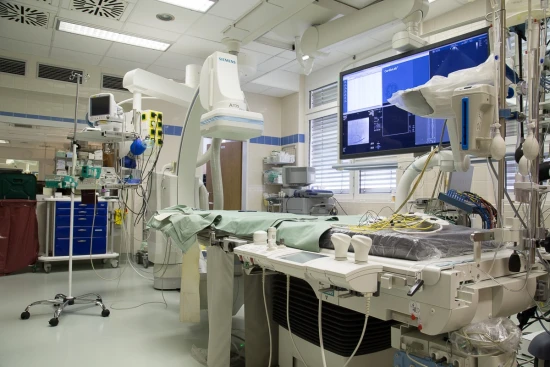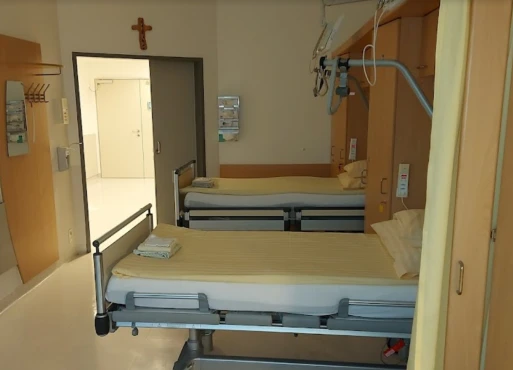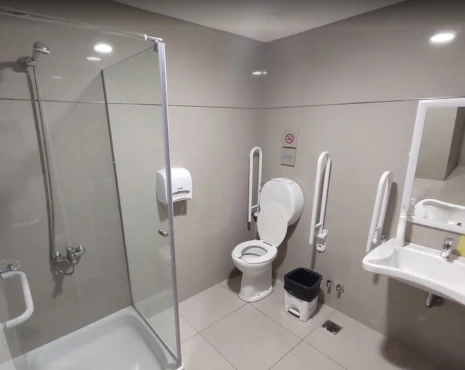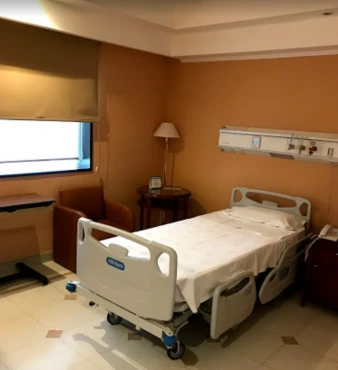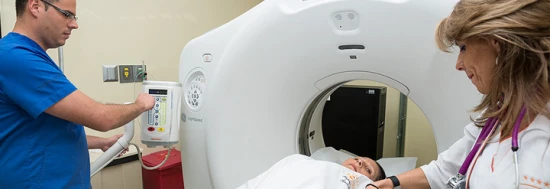What is an artery embolization?
Artery embolization is a minimally invasive medical procedure that blocks specific arteries to prevent blood flow to targeted tissues or organs. This is used to treat various conditions, including tumors, aneurysms, and abnormal bleeding. An interventional radiologist performs the procedure by introducing small particles or coils into the artery to block the blood supply, ultimately reducing the size of the affected tissues.
When is artery embolization indicated?
Artery embolization is commonly used for conditions where reducing blood flow can alleviate symptoms or halt disease progression. Examples include uterine fibroids, gastrointestinal bleeding, and cancers that depend on a blood supply for growth. In the case of prostatic artery embolization (PAE), it is indicated for patients with benign prostatic hyperplasia (BPH) who have significant urinary symptoms that have not responded to medication but wish to avoid or are unsuitable for surgery.
Background of artery embolization
The concept of embolization dates back to the 1960s when it was first used to treat hemorrhaging. Over time, advancements in catheter-based techniques have allowed for the development of more precise embolization methods, including tumor embolization and uterine fibroid embolization. In recent years, PAE has emerged as a promising option for men with BPH, particularly those who may not be suitable for traditional surgical treatments like transurethral resection of the prostate (TURP).
What is prostatic artery embolization?
Prostatic artery embolization is a minimally invasive procedure used to treat BPH, a common condition that affects older men and involves the enlargement of the prostate gland. PAE reduces the prostate's size by cutting off its blood supply, causing it to shrink and alleviate urinary symptoms like frequent urination, urgency, and weak urinary flow. PAE is increasingly used as an alternative to more invasive surgeries and is particularly beneficial for men who are not good candidates for surgery due to underlying medical conditions [CIRSE, 2023].
Who can benefit from PAE?
Patients who can benefit from prostatic artery embolization include men with moderate to severe urinary symptoms related to benign prostatic hyperplasia, particularly those with large prostates or who have not responded well to medications like alpha-blockers or 5-alpha reductase inhibitors. PAE is also a favorable option for individuals who prefer a less invasive approach to BPH treatment, as well as those who are not suitable candidates for surgery due to factors such as age, cardiovascular conditions, or overall poor health.
How prostatic artery embolization is performed?
PAE is carried out by an interventional radiologist in an outpatient setting [Bilhim, 2023]. The procedure typically takes 1-2 hours and is performed under local anesthesia, allowing the patient to remain conscious but pain-free. A small incision is made in the groin or wrist to access the femoral or radial artery. A catheter is then guided through the blood vessels to the arteries supplying the prostate gland. Tiny particles made of resin or gelatin are injected to block the blood flow to the prostate, ultimately leading to its gradual reduction in size.
The prostatic artery embolization procedure involves several key steps. First, the healthcare team will conduct imaging tests like CT angiography or MRI to map out the arteries supplying blood to the prostate. This helps guide the procedure.
Next, the doctor will make a small incision, typically in the groin or wrist, to access the femoral or radial artery. They will then insert a catheter and carefully guide it through the blood vessels to reach the arteries feeding the prostate.
Once the catheter is in position, the doctor will inject tiny embolic particles that block the blood flow to the prostate. This effectively cuts off the prostate's blood supply, causing it to gradually shrink in size.
After the embolization is complete, the catheter is removed, and the incision site is bandaged. Patients are usually monitored for a few hours before being discharged on the same day.
What are the risks of prostatic artery embolization?
PAE is generally a safe procedure, but like any medical treatment, it does carry some risks. Patients may experience minor side effects such as infection, allergic reactions to the contrast dye used during the procedure, or temporary urinary retention. In rare cases, the embolization particles could accidentally block blood flow to other organs, leading to non-target embolization. Patients may also feel mild pelvic or groin discomfort, and there is a possibility of developing prostatitis, or inflammation of the prostate gland. Overall, the risks associated with PAE are relatively low, and the benefits of the procedure often outweigh these potential complications.
What's next? Novel options in prostatic artery embolization
Ongoing research aims to enhance PAE by refining imaging methods for greater precision and exploring its use for other prostate conditions beyond BPH. There is potential for PAE to be applied to prostate cancer, particularly in cases where standard treatments are not suitable. Additionally, continued advancements in embolic materials, such as bioresorbable particles, may further improve the safety and effectiveness of the procedure.
Post-treatment outcomes and potential need for re-intervention after PAE
The prognosis for men who undergo PAE is generally positive. Studies show that PAE can reduce prostate volume by up to 40%, leading to significant improvements in urinary symptoms. Most patients experience symptom relief within weeks to months, and the effects of PAE have been shown to last for up to five years or more in some cases.
According to clinical data, 70-80% of men enjoy long-term symptom relief after PAE, with only 10-15% requiring further treatment within five years. Compared to surgical options like TURP, PAE has a lower risk of complications such as incontinence or erectile dysfunction, making it a favorable choice for many patients [CIRSE, 2023].
While PAE is effective for most, there is a small possibility that some patients may need a repeat embolization or other interventions. Studies report re-intervention rates around 20% within five years of the initial procedure [Bilhim, 2022].
Comparison with surgical treatments
Compared to TURP and other surgical BPH treatments, PAE is associated with fewer complications, such as a reduced risk of urinary incontinence and sexual dysfunction. However, TURP may provide more immediate and sustained symptom relief for certain patients, particularly those with very large prostates. PAE's less invasive nature makes it a suitable option for older patients or those with other medical conditions.
Follow-up plan for patients after PAE
The follow-up process for patients who have undergone Prostatic Artery Embolization is crucial to monitor the effectiveness of the treatment and manage any potential side effects. Typically, the follow-up care includes the following steps:
- Post-procedure monitoring: After the procedure, patients are typically observed for a few hours to ensure there are no immediate complications. In some cases, an overnight hospital stay may be recommended.
- Initial follow-up visits: Patients generally have a follow-up appointment within 2-4 weeks after the procedure. This visit focuses on evaluating symptom improvement, managing any side effects like pelvic pain, and checking for any signs of infection. Urinary function will be assessed, and in some cases, blood tests may be done to evaluate prostate-specific antigen levels.
- Subsequent monitoring: Follow-up visits are recommended at 3, 6, and 12 months post-procedure, and annually thereafter, to track long-term effectiveness. During these visits, the patient's symptoms are reviewed, and prostate size may be monitored using imaging techniques, such as an MRI or ultrasound. Periodic PSA tests may also be performed to detect any changes in prostate health.
- Symptom evaluation: Physicians will use standardized questionnaires such as the International Prostate Symptom Score to assess urinary symptoms and improvements over time.









